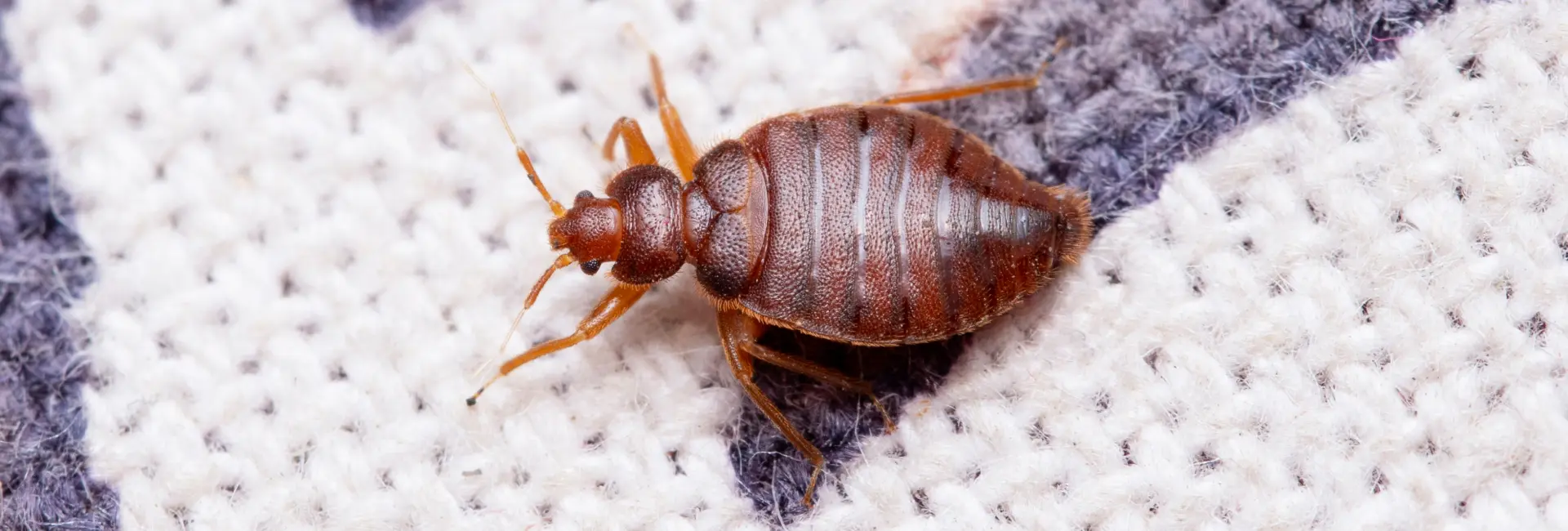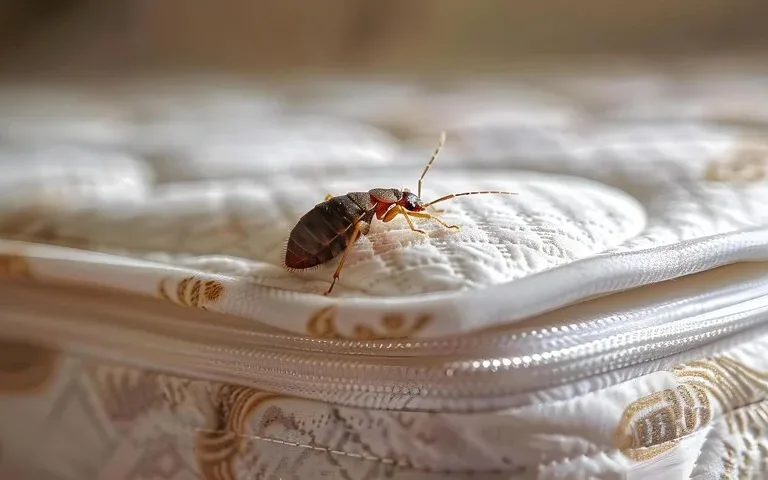Understanding Bed Insect Treatment and Its Role in Comprehensive Bug Control
The occurrence of bed pests in different atmospheres has emphasized the need of understanding efficient therapy techniques within the wider context of extensive insect control. As problems pose considerable health threats and can disrupt everyday life, checking out the subtleties of efficient treatment and the importance of expert treatment ends up being paramount.

Introduction of Bed Bugs
Bed pests, clinically called Cimex lectularius, have actually emerged as a significant insect problem in city and rural environments worldwide. These nighttime pests mainly feed upon human blood, causing discomfort and distress to those influenced. Adult bed insects are reddish-brown, about 4-5 mm in size, and have level, oval bodies that permit them to conceal conveniently in tiny crevices, such as bed mattress joints, bed structures, and furniture.
Reproduction takes place quickly, with females disabling to five eggs each day, contributing to the swift rise of invasions. Bed insects are not known to transmit diseases, yet their bites can result in allergies and second infections from the ground up. The parasites are highly resistant, making it through for months without feeding, which complicates obliteration efforts.
Their revival over the last few years can be connected to increased worldwide traveling, the rise of used furnishings markets, and resistance to traditional pesticides. Effective administration needs a mix of sanitation, surveillance, and targeted therapy approaches. Recognizing the biology and habits of bed pests is vital for creating efficient control strategies and reducing their effect on human health and wellness and well-being.
Indications of Problem
Recognizing the indicators of a bed insect problem is crucial for prompt treatment and control. Early detection can dramatically decrease the extent of an invasion, making it crucial for home owners and renters to be watchful - Bed Bug Heat Treatment. Usual indications include tiny reddish-brown spots on bed linens or furniture, which are often the result of smashed bed pests. In addition, dark places, generally feces, may show up on cushions, linens, and wall surfaces.
An additional dead giveaway is the existence of shed exoskeletons, as bed insects molt throughout their life cycle. An undesirable, musty smell can rise from greatly ravaged locations, associated to the scent glands of these parasites. Bed insects are nighttime, so residents might discover attacks on subjected skin after resting, frequently defined by red, scratchy welts arranged straight or cluster.
Finally, bed pests can conceal in numerous locations, including mattress joints, box springs, bed structures, and also behind wallpaper or electric outlets. Regular assessments of these locations can help in early detection. By recognizing and recognizing these signs, people can take essential activities to mitigate the problem before it intensifies.

Treatment Approaches
Properly attending to a bed bug invasion requires a multi-faceted strategy that incorporates various therapy techniques customized to the severity of the situation. The primary methods consist of chemical therapies, heat therapies, and incorporated parasite administration (IPM) strategies.
Chemical treatments usually entail the application of insecticides particularly developed to target bed bugs. These can be used in various forms, such as sprays, cleans, or aerosols. It is necessary to pick products that are effective and risk-free, adhering to the supplier's directions diligently to reduce threats.
Warmth treatments, on the other hand, use high temperature levels to get rid of bed insects at all life phases. This method involves increasing the temperature level of ravaged areas to a degree dangerous to bed insects, usually around 120 ° F(49 ° C )or greater, for a sustained period.
Integrated Bug Management (IPM) combines both chemical and non-chemical approaches. It emphasizes comprehensive assessments, proper sanitation, and checking to make certain long-lasting administration of bed insect populaces. By using these therapy methods in combination, property owners can successfully eradicate bed pests while lessening the danger of reinfestation.
Safety Nets
(Bed Bug Treatment)Implementing effective precautionary measures is important for decreasing the risk of a bed pest problem. These pests are notorious for their ability to ride on personal possessions, making watchfulness crucial. Regularly checking pre-owned furniture and apparel prior to bringing them into your home can dramatically reduce the possibility of an infestation.
Motivating a clutter-free atmosphere is additionally crucial, as it removes possible hiding spots for bed insects. Vacuuming often, especially in areas such as bedrooms and living rooms, can help record any stray insects or eggs, while securing vacuum cleaner bags tightly stops their getaway.
Additionally, utilizing safety covers for mattresses and box springtimes can develop an obstacle that prevents bed insects from resolving in these locations. When traveling, evaluate hotel spaces, focusing on the seams of mattresses and behind headboards, and keep luggage off the floor.
Value of Expert Aid
(Bed Bug Spray)
When handling a bed insect look at this site problem, seeking specialist help is usually necessary to ensure detailed and effective therapy - Bed bug Exterminator. Bed bugs are notoriously testing to get rid of as a result of their ability to hide in little holes and their quick reproduction price. Professionals have the knowledge and specialized devices needed to recognize the extent of the problem and apply a targeted approach
DIY techniques might provide momentary alleviation; however, they typically fall short to attend to the origin of the problem, enabling bed insects to re-emerge. Professional bug control solutions utilize a mix of chemical therapies, heat applications, and incorporated insect monitoring techniques tailored to the specific circumstance. This multifaceted technique not just gets rid of existing insects however additionally decreases the risk of future invasions.
Moreover, experts can offer valuable advice on safety nets, assisting home owners understand exactly how to stay clear of future experiences. Involving a certified parasite control specialist also ensures compliance with local regulations worrying chemical usage, protecting both health and the setting. To conclude, expert assistance is important for effective bed insect treatment, giving both immediate relief and lasting services to restore comfort in impacted rooms.
Conclusion
In final thought, efficient bed bug therapy requires an extensive approach that incorporates both chemical and non-chemical techniques. By taking on a systematic technique, property owners can effectively safeguard their living rooms and decrease the associated wellness threats of bed insect invasions.